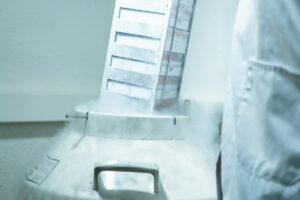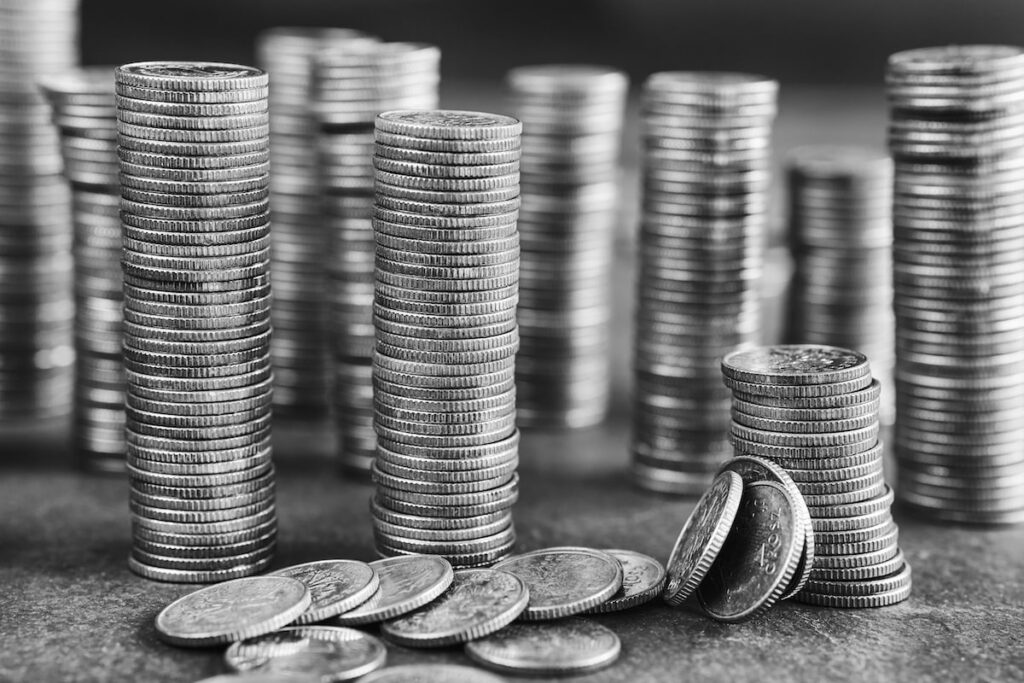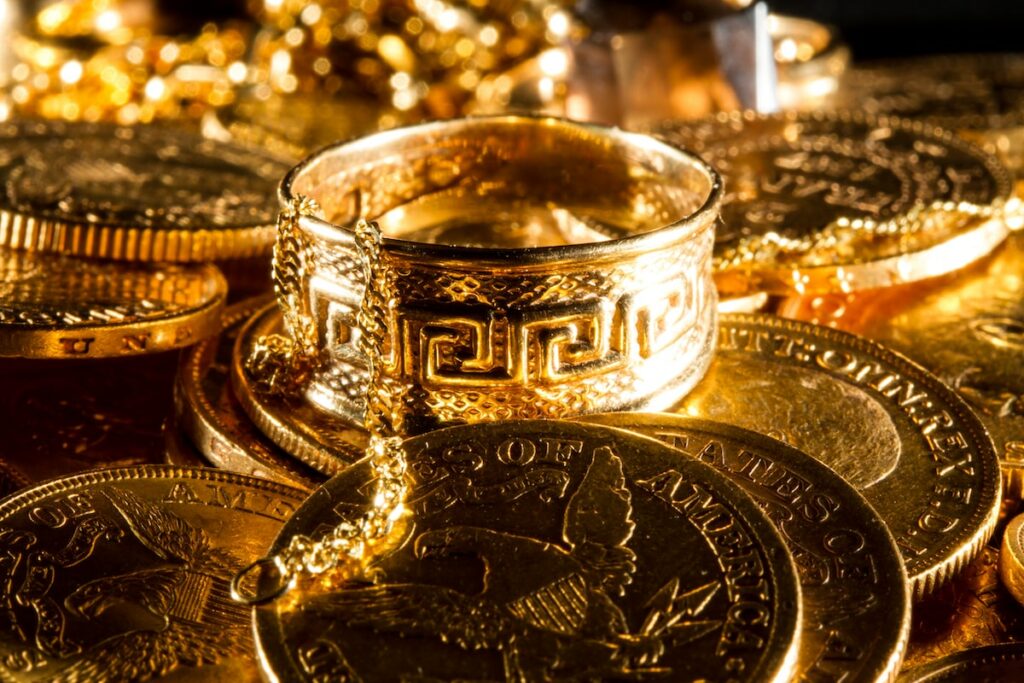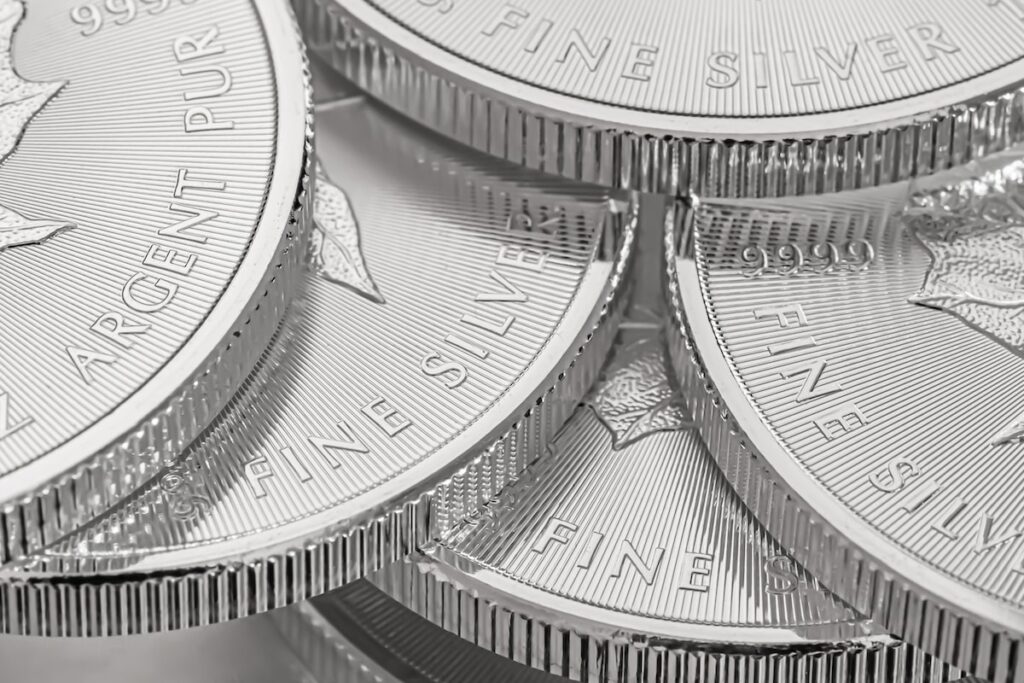You’re probably familiar with silver in its solid form and know that it needs to be melted for it to be cast or poured into molds that will give it shape.
You might also wonder if it’s possible for silver to become a gas and what it would be used for in this form.
Silver can become a gas if it is heated to a temperature of 3,924°F (2,162°C). This is the boiling point of silver. Any matter can become a gas if it is heated enough, and silver is no exception.
The boiling point for silver is extremely high, and it is difficult to achieve such temperatures without specialized equipment.
Read on to learn more about how silver can be turned into a gas and how you would go about doing this in the first place.
How Is Silver Turned Into Gas?
As previously explained, silver will turn into a gas when heated up to its melting point, but this is easier said than done.
Even the hottest industrial furnaces cannot achieve temperatures high enough to do anything except turn the silver into an extremely hot liquid.
To turn silver into gas, it would have to be heated to its boiling point of 3,924°F (2,162°C).
This can only be done using special electric arc furnaces that are typically only found in laboratory environments.
Most industrial arc furnaces have an upper-temperature range of 3,300°F (1,800°C), which is not quite hot enough to boil silver.
What’s more, heating a furnace up to such extreme temperatures requires a lot of energy.
There are no significant practical uses for gaseous silver that justify the high energy consumption it requires to be made into a gas.
Not to mention the fact that these temperatures would need to be maintained to keep the silver in a gaseous state.
Can Silver Be Broken Down Chemically?
One of the first things you might try to break silver down is to use other chemicals like nitric acid.
While such chemicals might dissolve silver, they don’t actually destroy it — it can be recovered and turned back into a solid by using other chemical processes.
Silver cannot be broken down chemically as it is a fairly non-reactive metal. It can be dissolved in strong acids (such as nitric acid) to form compounds like silver nitrate (AgNO3), but there is no way to physically destroy silver using chemicals.
In fact, using chemicals is one method of purifying silver.
Silver ore typically has some impurities, so it’s dissolved using nitric acid and then processed further by filtering out the silver chloride.
It is then heated to turn it back into metallic silver.
Be warned: nitric acid is dangerous, as is molten silver.
Can Silver Be Purified at Home?
If you’re lucky enough to find a good supply of silver ore, you might be tempted to purify it yourself.
It is possible to do it at home, but there are some serious caveats and risks involved.
You will need to have the right equipment, knowledge, and expertise to carry out the purification.
You can follow a guide like this one from 911 Metallurgist to purify silver at home, but it is extremely dangerous due to the volatile chemicals, heat, and toxic fumes involved.
Do not attempt silver purification at home without the correct knowledge or following the necessary safety precautions.
This process is beyond the scope of this article, so we will not discuss it further.
Can Silver Be Destroyed by Heat?
Silver cannot be destroyed by heat. Even if you heat silver up well beyond its boiling point, the element is extremely stable.
One of the ways you might try to destroy silver is by heating it up to extreme temperatures far beyond its boiling point.
For the purposes of this discussion, let’s assume that we have a furnace that can achieve temperatures in excess of the upper 5,432°F (3,000°C) limit of modern high-temperature furnaces.
It may undergo unique and interesting reactions with other elements to form unique compounds when it reaches extreme temperatures, but once cooled, it will return to its solid state in the absence of any such reactions.
If you were to throw silver into the hottest volcano, it would simply melt.
Due to the high pressures below the earth’s surface, it would likely remain as a liquid even if it was close to or in the core of the earth.
Will Silver Turn Into a Gas if My House Burns Down?
If you are unfortunate enough to have a house fire, you might wonder if it can get hot enough for silver to turn into a gas and evaporate.
The good news is that this is very unlikely.
House fires don’t get hot enough to turn silver into a gas.
An intense house fire might cause silver to melt, but it is unlikely that a house fire would boil silver.
Is It Possible To Destroy Silver?
It is possible to destroy silver, but this action would require the use of highly specialized technology.
To get an idea of how difficult it is to destroy elemental silver, know that this process can only be done through particle bombardment, whereby the atomic nucleus is destabilized, causing the element to “transmute” (change into another element).
This is only possible in particle accelerators or nuclear reactors.
There are no practical ways for the average person to destroy silver.
Even turning it into a gas would be nearly impossible for most people, let alone destroying it at an atomic level.
Silver, like any other metal, can be turned into a gas if it is made hot enough — but this is no small feat, and there are no known major practical applications for gaseous silver.
Turning silver into a gas would require extremely high temperatures that even most industrial-level furnaces cannot reach.
Turning silver into a gas requires a lot of energy and special equipment, so you don’t have to worry about your silver evaporating away if your house catches on fire.
At worst, you might have a solidified puddle of silver.




